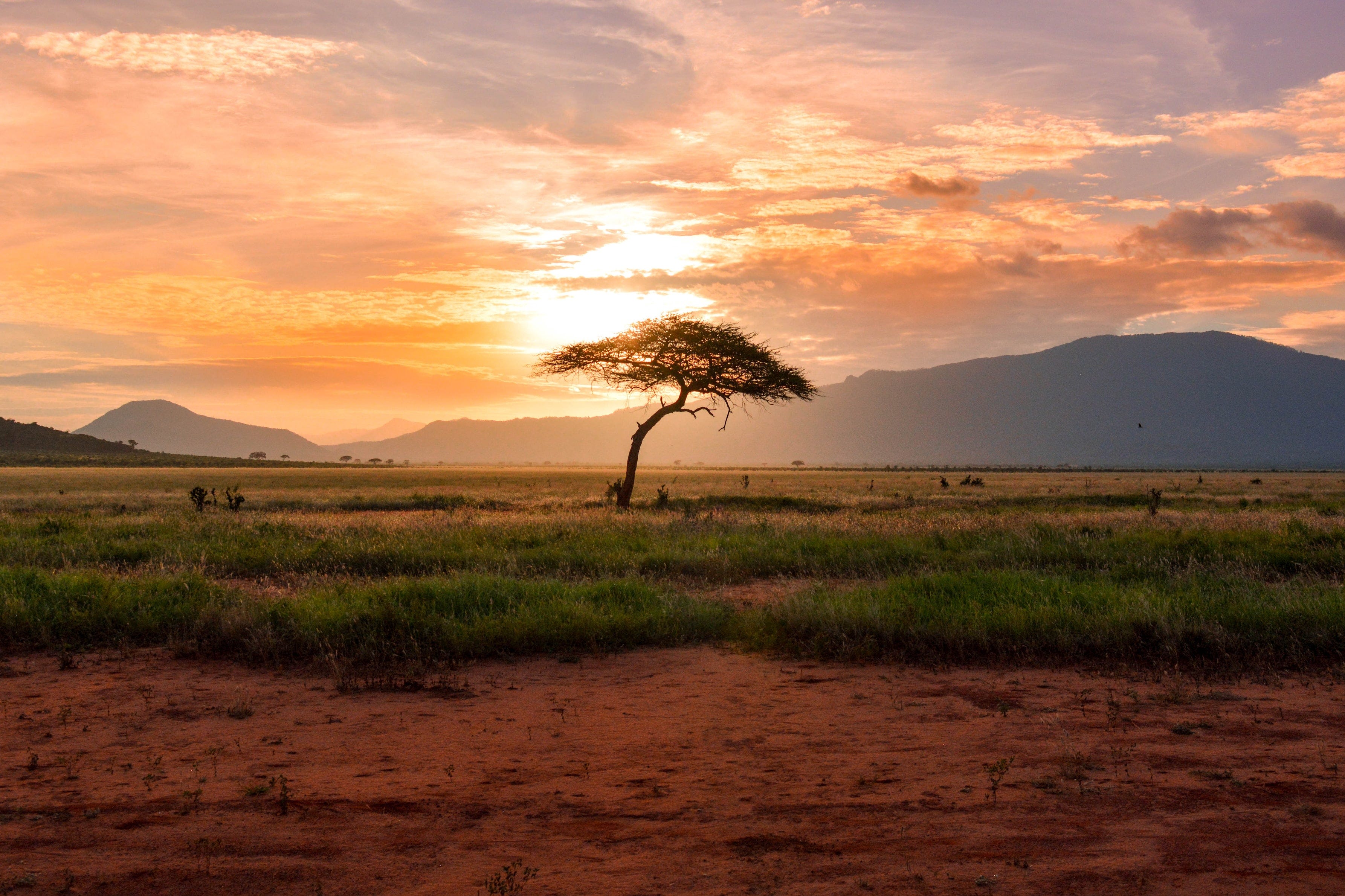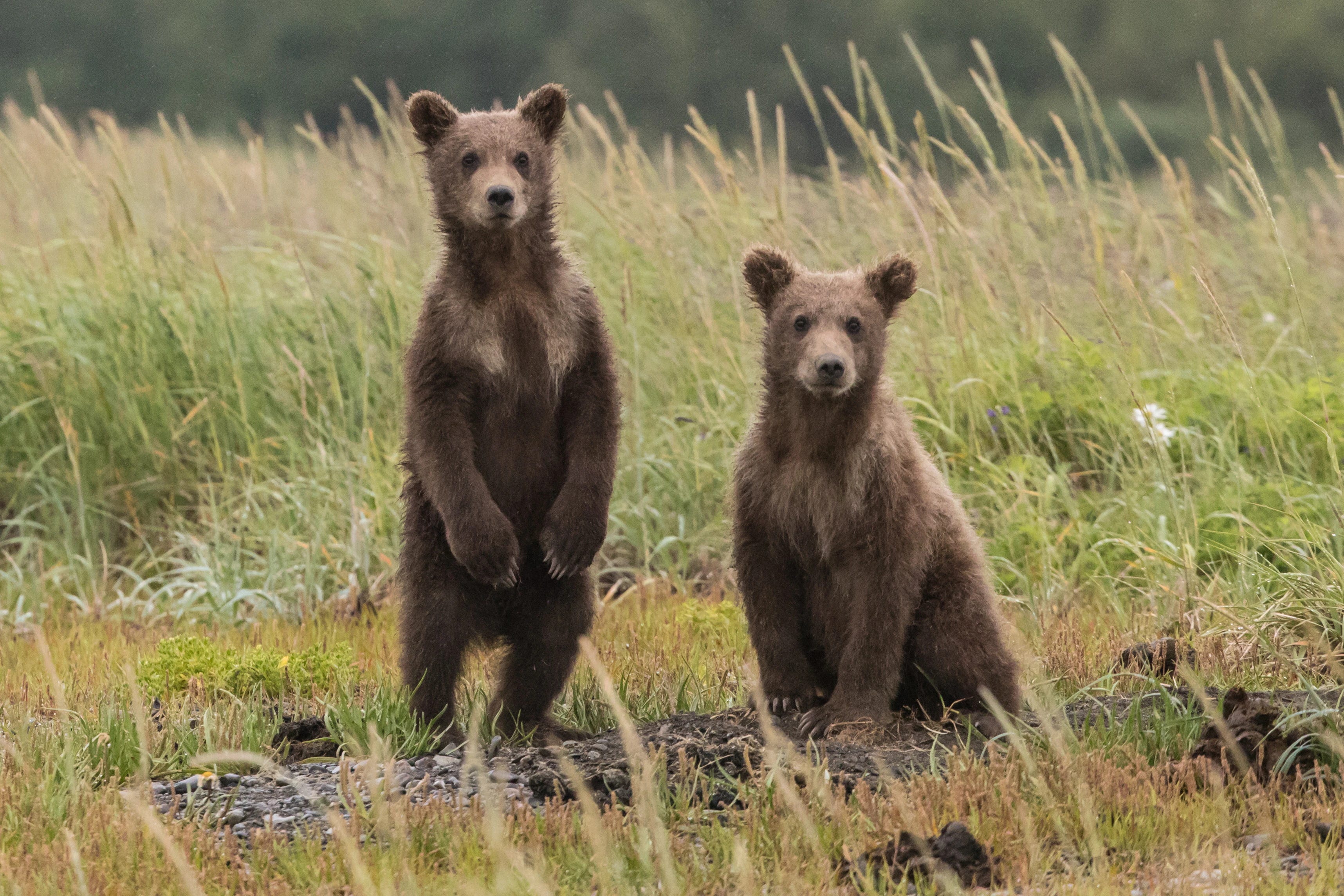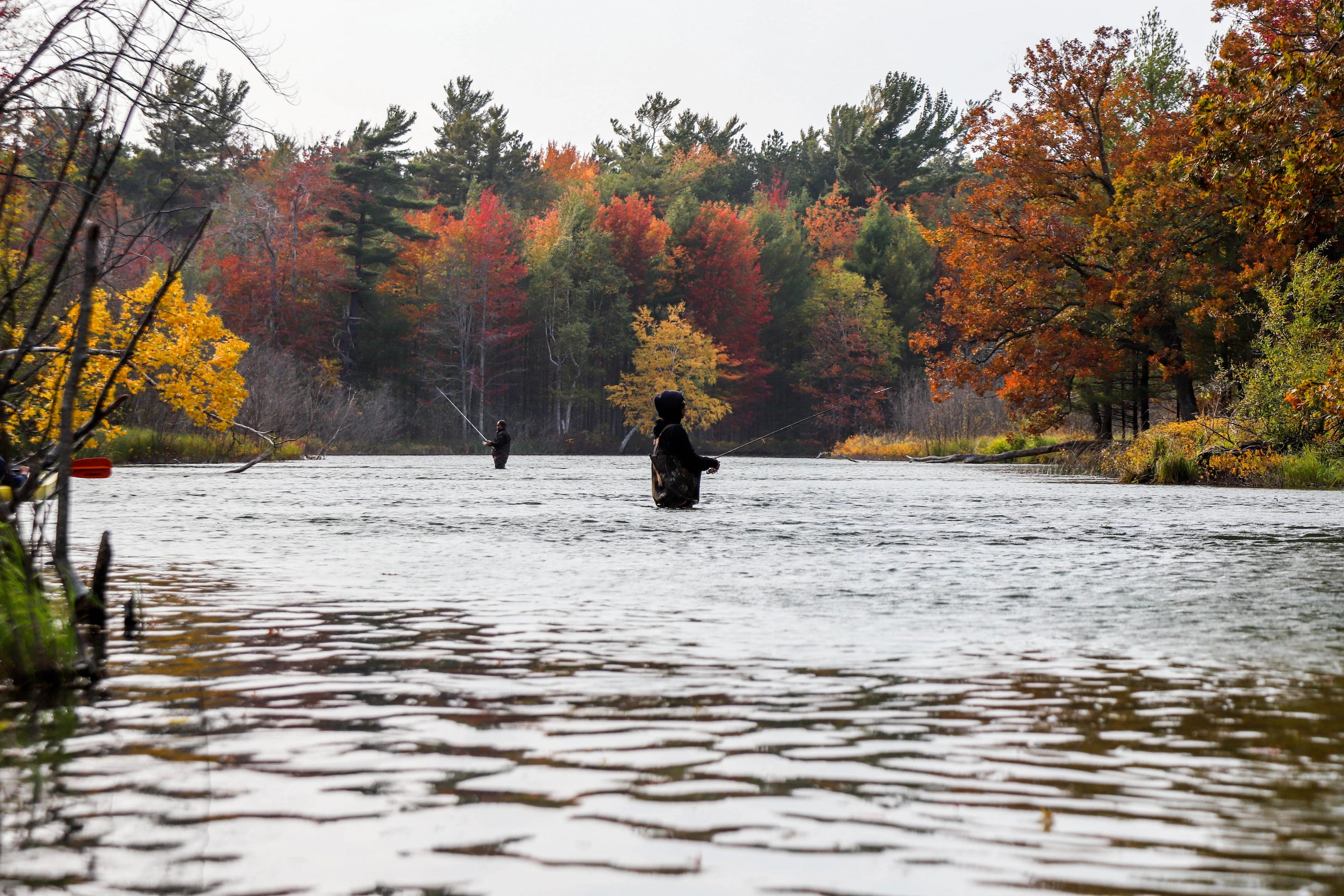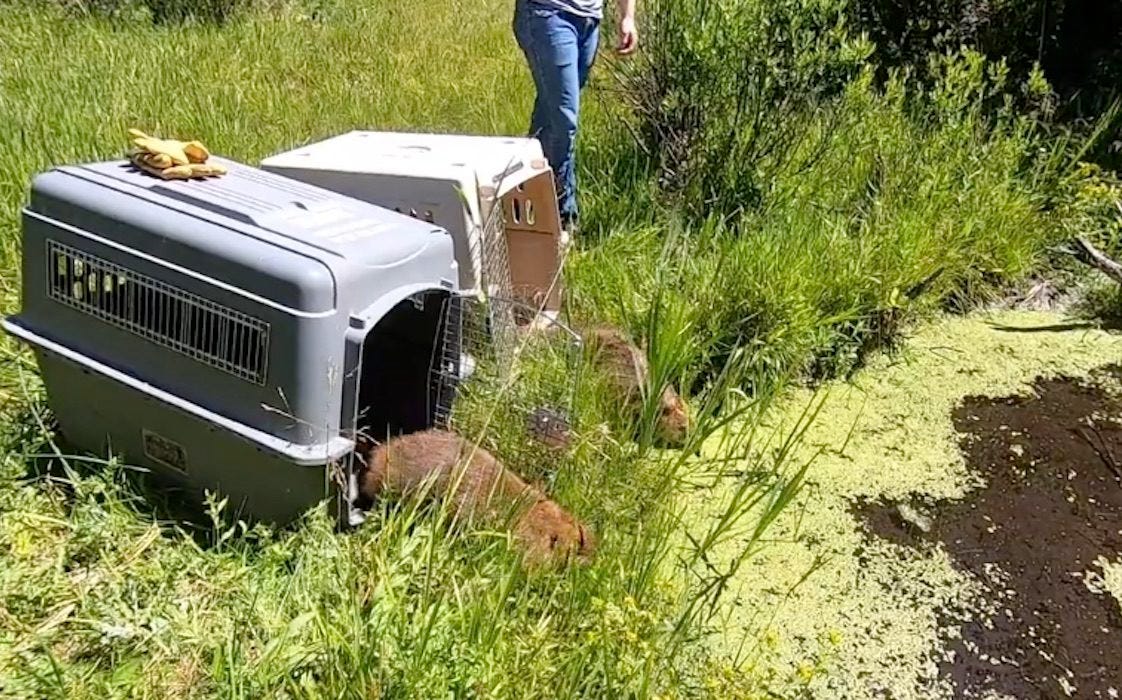Restoring Biodiversity - 3/28/2023
The origins of high density, short duration grazing. Proactive relocation of bears. The world's greatest photographer. And more….
Thank you for subscribing to the Pitchstone Waters weekly newsletter.
Here is what we’ve been reading, watching and writing about this week…
Articles

Guardians of the Karoo Rangelands
This article discusses the origins of high density, short duration grazing, and continuing work to implement it across Africa and the world.
Quoting the authors, “As Allan Savory, John Acocks and others would prove time and again, putting livestock onto degraded land at high densities for a short amount of time (typically three to eight days) can transform it with startlingly rapidity.”

To Teach Young Black Bears New Habits, Grand Teton Sees ‘Proactive Relocation’ as an Option
As discussed below, “wildlife officials actively rely on relocations as part of a larger management regime for black bears.”
Videos

The World’s Greatest Wildlife Photographer
As discussed in this video, so-called ‘invasive’ horses – actually North America’s oldest native species, can reduce wildfire and restore habitat in areas unreachable by any other large grazer. Watch this 1-minute video and judge for yourself:

Stewardship with Vision, Episode 7: San Juan Ranch
This Western Landowners Alliance film by filmmaker Jason Roehrig features Colorado cattle ranchers George Whitten and Julie Sullivan, whose stewardship has restored and increased healthy biological processes while providing for a sustainable ranching model.
—
And that’s it - as always thank you..
if you haven’t already - please check out our views on biodiversity at https://pitchstonewaters.com/blog/
Please pass along, and if you if you received this from a friend - consider subscribing below.
